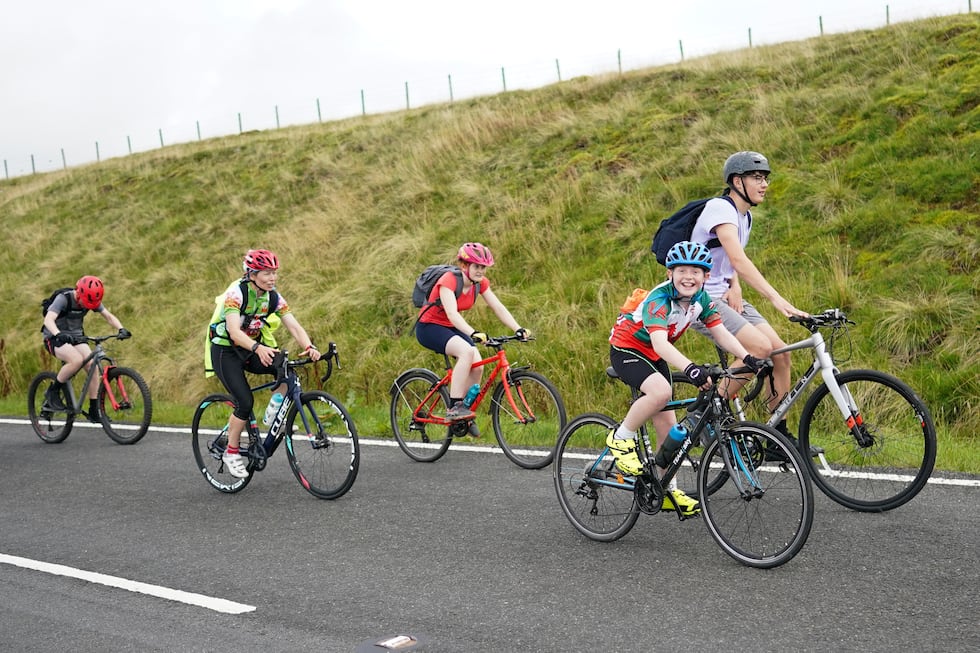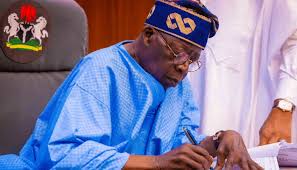
How to avoid physical problems when riding a bike
Cyclists have a prevalence of perineal pain that can be caused by high pedaling time, incorrect technique or inappropriate training.
During weekends and holidays, it is common to see groups of men and women taking their bicycles to ride along the road, along paths in the natural environment, greenways or cycle paths in the different cities and towns of our country. It is an activity that is usually carried out for several hours, which sometimes leads to discomfort, and sometimes, pain related to the seat and posture on the bike during and after the activity.
Another possible associated pathology in male and female cyclists is hematuria (blood in the urine) due to the pressure of the saddle, inducing inflammation of the prostate and urethra, as well as repeated impacts on the perineum in spinning classes or mountain biking could lead to this.
However, readers who are keen on cycling should not worry, since, as we said, the possible pathologies mentioned above have little scientific evidence, so they should not be a cause for alarm. Pudendal nerve entrapment is the most common condition in cyclists , both in men and women, with genital numbness and has a high scientific evidence . The nerve can be affected by compression with pressure on the saddle, producing a neuropathy due to a lower vascular flow in the pudendal artery, being more common in people over 50 years of age, and has a lower number of cases in trained people who have been pedalling for a high number of years/hours. Likewise, if this condition is combined with very intense and prolonged activity (long routes with repeated impacts) it could produce a greater negative impact on the pelvic floor , and is most pronounced in female cyclists , and can affect other dysfunctions such as loss of sensitivity in the vaginal region or urinary incontinence.
For all these reasons, the following activities can be carried out to relieve pudendal nerve neuropathy :
- Include routines that reduce pressure on the perineal and genital area, such as taking breaks during workouts, resting on the pedals without leaning on the saddle, or raising the height of the saddle. The saddle height should be adjusted to the height of the subject, so that the leg should be between 25-30 degrees when extended with the pedal at the lowest point of pedaling.
- A slot in the saddle to avoid pressure on the perineum , wide at the back, without a nose or a flexible nose, made of gel, with an inclined position while pedaling is recommended for men (handlebars at a height equal to or lower than that of the saddle), while for women a lesser inclination when pedaling is recommended (handlebars at the same height or slightly higher than that of the saddle) and a flatter choice of saddle (a slot in the saddle not being essential).
- When pedalling, the rear part of the saddle cushions the ischial tuberosity, while the front part is narrower to allow control of the bike with the legs (thighs). Depending on the pedalling technique, a wider or narrower saddle should be used, depending on whether the rider is more bent forward or more upright. Likewise, the use of double cushioning on mountain bikes and not exercising with clothing that is too tight can be advisable to avoid these possible inconveniences.
- Stretching is an important part of your routine that should aim to improve your range of joint mobility and upper and lower body posture before and after your activity.
- Being overweight is a factor that increases pressure on the perineum, so it is recommended to do complementary activities to reduce this risk factor when riding a bicycle.
We must not forget that cycling is a positive and healthy activity for the general population in all aspects. Therefore, we must be prepared for the activity to enjoy it, avoiding possible inconveniences and making sure that everything goes smoothly.
ENFÓRMATE is the space in EL PAÍS SALUD where we will talk about those aspects related to physical activity, sport and physical and mental health. Physical activity and sport are part of the culture of all civilizations and play a fundamental role in the health of society at all levels, both physically and mentally, at all ages, from childhood to old age, in both men and women. From the Sciences of Physical Activity and Sport, we have tried to advance scientific knowledge about the importance of movement and physical exercise on the body, as well as the processes that explain why certain adaptations, modifications or changes occur at different levels (physiological, anatomical, motor, emotional or cognitive). For all these reasons, this space seeks to find scientific explanations that support and justify the very beneficial reasons for physical activity and sport. Likewise, we will try to discuss and refute certain myths or false beliefs existing in society on specific issues of physical exercise and health.






